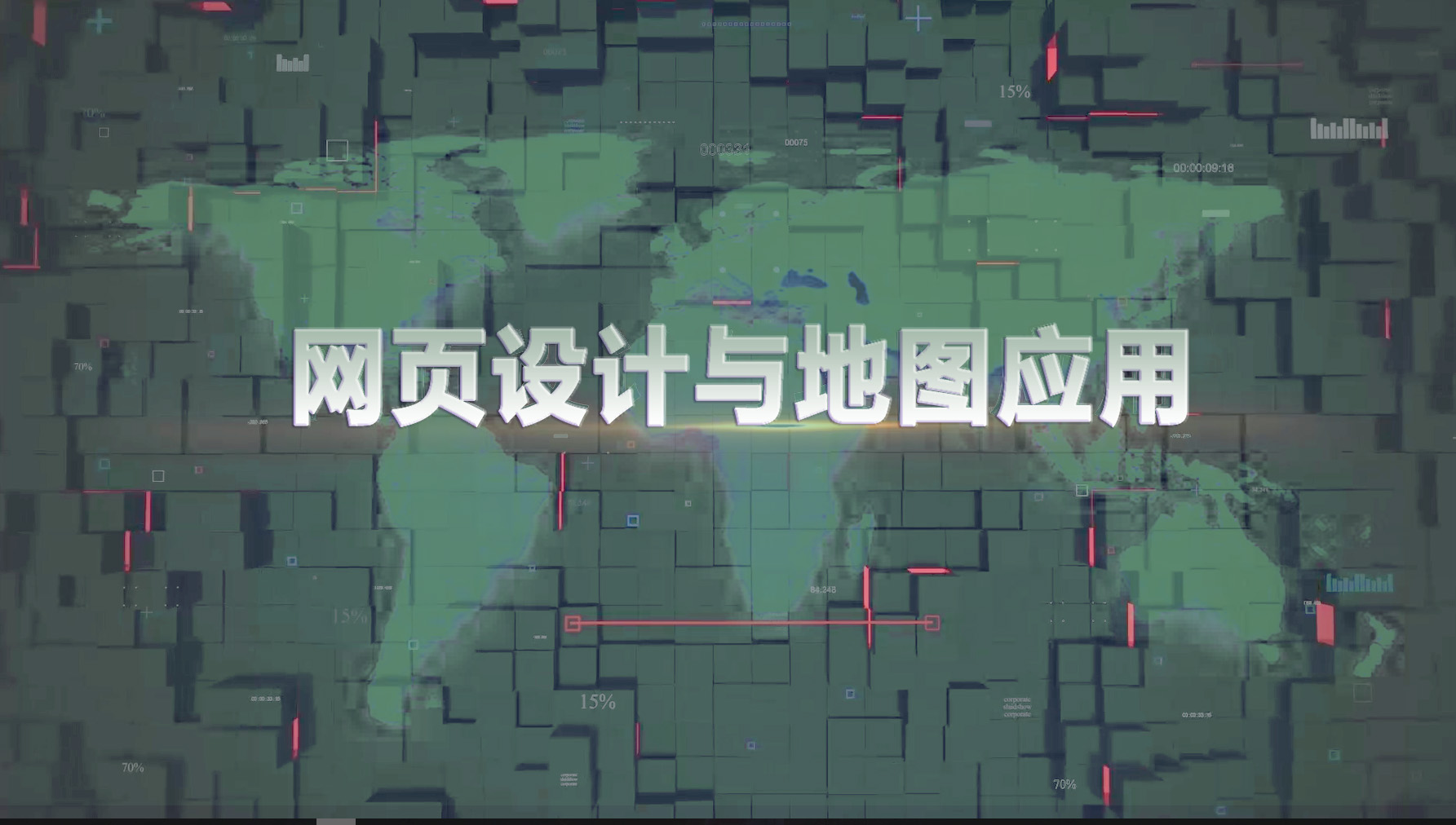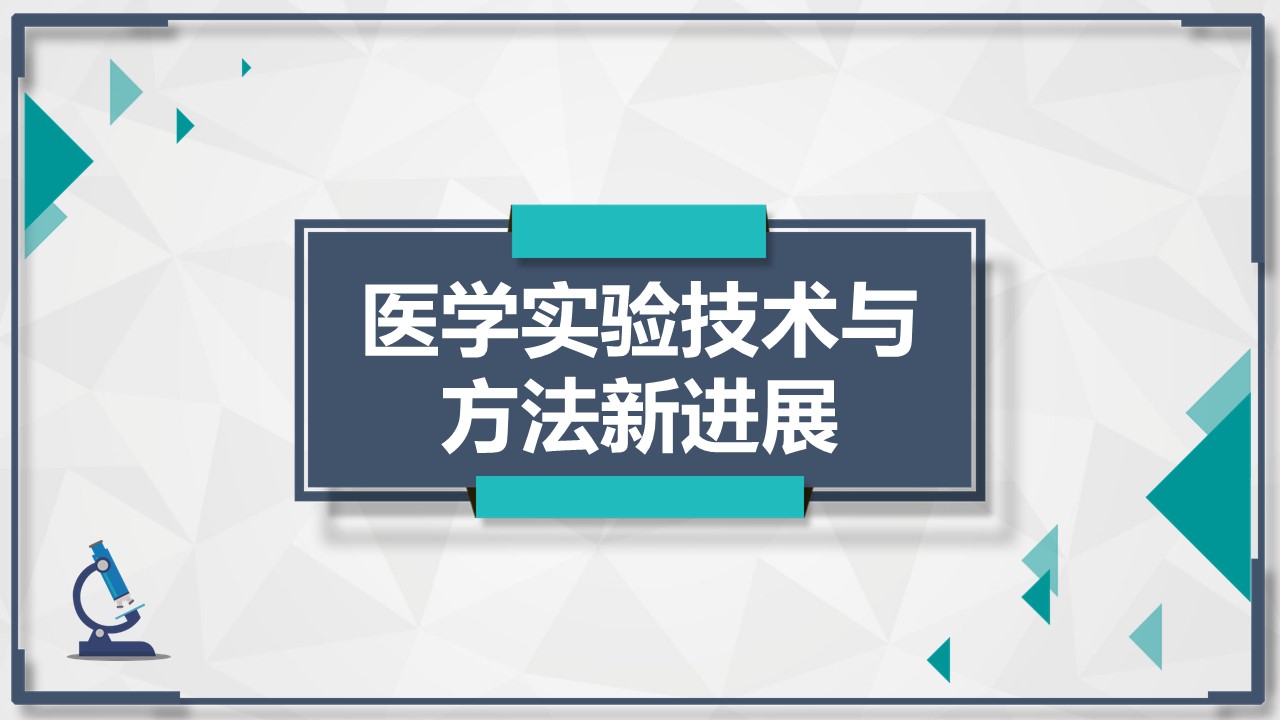
当前课程知识点:Green Economy from China's Stories > 9. Ecological Footprint > 9.2 Development Process of Ecological Footprint > 9.2 Development Process of Ecological Footprint
返回《Green Economy from China's Stories》慕课在线视频课程列表
返回《Green Economy from China's Stories》慕课在线视频列表
大家好
欢迎进入
《绿色经济与中国实践》大课堂
这一节 我们向大家讲授生态足迹的发展历程
首先
我们看一下这个理论产生的背景
原先我们提到自然资源的话
可以分为狭义自然资源和广义自然资源
狭义的自然资源指的是
可为当代人及后代提供所需商品和服务的
自然资源
或环境资源的
产量和存量
例如 海洋 森林和农业用地等等
这就是指狭义小范围的这样一个自然资源
那我们再看一下广义的自然资源
广义的自然资源包括
生态系统所有的功能
例如消纳污染物 提供基本资源
提供适宜的景观环境等
它不仅指资源的存量
也包括
不同资源的组织关系
和功能的完整性
第二个概念是可持续性
分弱可持续性原则
和强可持续性原则
弱的可持续性原则指的是
承认人造资本可以对可消耗资本的替代作用
认为可持续发展即
自然资源再加上人造资源这二者之和
保持恒定或者增加
强可持续性原则的话内容就会更多一些
就是认为可持续是
自然资源的存量保持恒定或者增加
这里面就强调自然资源这个重要性
关于生态足迹它发展的里程碑
从1992年开始里约的地球峰会
一直到2015年通过巴黎协定等等
我们可以看到 基本上每隔一两年
联合国都会牵头组织
一些国际首脑之间的一些峰会
同时也生效了大量的公约
里面我们可以看到有生物多样性公约
联合国气候变化框架公约
联合国防治荒漠化公约等等
这些都是各个国家的首脑在一起讨论
考虑着我们地球的可持续发展
在商量这些事情
生态足迹开创
我们可以追溯到1992年
在里约热内卢的联合国环境和发展大会之后
各国学者开始大量的致力于
量化可持续发展研究
这里面就是加拿大的经济学家William提出了
生态足迹的概念
在这场大会上
提出生态足迹
一直到后面我们开始用的越来越广泛
生态足迹的国际研究
我们可以看到 学者在构建生态足迹模型后
率先对全球
52个国家的生态足迹进行了分析
各个国家的学者开始分别跟进
开始在150多个国家的生态足迹尺度上
开展了大量的研究
随后 生态足迹成为
评价和量化区域和城市的主要方法
就更细化了
从国际层面到国家层面
一直到地域层面
以及到城市层面的可持续发展
然后是生态足迹的中国研究
这个研究首先是包括概念的引进
1999年的时候
生态足迹的概念和方法
引进了中国
随后开始分析中国整体生态足迹的情况
然后我们又开始区域层面生态足迹的研究
以及生态承载力的一个情况
此外
关于它的分析方法
和其他指标 模型的结合创新的应用方面
我们有大量的研究进展
我们对建立预测模型做了一些研究
在对生态足迹的时间序列
计算的基础上
用偏最小二乘法
构建了生态足迹的动态预测模型
第二是提出了一些很多新的概念
这里面包括生态足迹的生态压力指数 生态占用指数
生态经济协调指数
可持续发展指数
区域生态安全指数 生态足迹指数
综合发展度等等这些相应的概念
第三是改进了
生态足迹的账户
这里面主要是对生态足迹进行了调整和改进
新增了很多新的内容
比方说我们到后面又加入了水足迹等等这些
第四是改进
传统生态足迹的一个方法
这里面有包括能值分析的应用
与回归分析方法 其他方法的结合等等
这些相互结合以后改进的
生态足迹的传统度量方法
以上就是我们介绍生态足迹的应用进展
感谢大家的观看 谢谢
-1.1.1 Global Environmental Issues and Ecological Crisis
--1.1.1 Global Environmental Issues and Ecological Crisis
-1.1.2 Environmental Issues and Governance Results in China
--1.1.2 Environmental Issues and Governance Results in China
-1.2.1 Attention from the International Community to Ecological and Environmental Issues
--1.2.1 Attention from the International Community to Ecological and Environmental Issues
-1.2.2 Reflection of the International Community on Ecological and Environment Issues
--1.2.2 Reflection of the International Community on Ecological and Environment Issues
-1.2.3 China's Practice of Ecological and Environmental Protection (a)
--1.2.3 China's Practice of Ecological and Environmental Protection (a)
-1.2.3 China's Practice of Ecological and Environmental Protection (b)
--1.2.3 China's Practice of Ecological and Environmental Protection (b)
-1.3 The Origin of Ecological and Environmental Issues
--1.3 The Origin of Ecological and Environmental Issues
-Chapter I Test
-2.1 Teaching Materials
-2.2 Practice in China
-Chapter II Test
-3.1 Research Hotspots
-3.2.1 Industrial Ecology
-3.2.2 Environmental Value Spillover
--3.2.2 Environmental Value Spillover
-3.2.3 "Two Mountains" Theory (a)
--3.2.3 "Two Mountains" Theory (a)
-3.2.3 "Two Mountains" Theory (b)
--3.2.3 "Two Mountains" Theory (b)
-Chapter III Test
-4.1.1 International background
--4.1.1 International background
-4.1.2 Background in China
-4.2 3R Principles
-4.3 3 levels
-4.4.1 Progress
-4.4.2 Policies
-Chapter IV Test
-5.1 The concept of Low-carbon Economy
--5.1 The concept of Low-carbon Economy
-5.2 The origin of the Low-carbon Economy theory
--5.2 The origin of the Low-carbon Economy theory
-5.3 Practice in Developed Countries
--5.3 Practice in Developed Countries
-5.4 Practice in China
-Chapter V Test
-6.1 The Concept of Green Economy
--6.1 The Concept of Green Economy
-6.2.1 Development and Research Progress of the Green Economy
--6.2.1 Development and Research Progress of the Green Economy
-6.2.2 Actions on Green Economy and Future Development Trend of Green Economy
--6.2.2 Actions on Green Economy and Future Development Trend of Green Economy
-6.3 Assessment Methods for Development of Green Economy
--6.3 Assessment Methods for Development of Green Economy
-6.4.1 Formation and Application of Green Economy Development Thought
--6.4.1 Formation and Application of Green Economy Development Thought
-6.4.2 Practice and Inspirations of Green Economy Development
--6.4.2 Practice and Inspirations of Green Economy Development
-Chapter VI Test
-7.1 The Concept of Sustainable Development
--7.1 The Concept of Sustainable Development
-7.2.1 The formation of sustainable development in China
--7.2.1 The formation of sustainable development in China
-7.2.2 China's Achievements in Sustainable Development
--7.2.2 China's Achievements in Sustainable Development
-7.3.1 EKC Hypothesis and Its Origin
--7.3.1 EKC Hypothesis and Its Origin
-7.3.2 Enlightenment of EKC on China's Environmental Governance
--7.3.2 Enlightenment of EKC on China's Environmental Governance
-Chapter VII Test
-8.1 The Connotation and Assessment Significance of Ecosystem Service Value
--8.1 The Connotation and Assessment Significance of Ecosystem Service Value
-8.2 The Research Progress of Ecosystem Service Value Assessment
--8.2 The Research Progress of Ecosystem Service Value Assessment
-8.3 Practice in China
-Chapter VIII Test
-9.1.1 Theoretical Concept
-9.1.2 Research Prospect
-9.2 Development Process of Ecological Footprint
--9.2 Development Process of Ecological Footprint
-9.3.1 Research Scale
-9.3.2 Research Industry
-Chapter IX Test
-10.1 Environmental Policy Assessment Standards
--10.1 Environmental Policy Assessment Standards
-10.2 Types of Environmental Policies (a)
--10.2 Types of Environmental Policies(a)
-10.2 Types of Environmental Policies (b)
--10.2 Types of Environmental Policies(b)
-10.3 Case study——River Chief Policy
--10.3 Case study——River Chief Policy
-Chapter X Test
-Final exam
--Final exam




